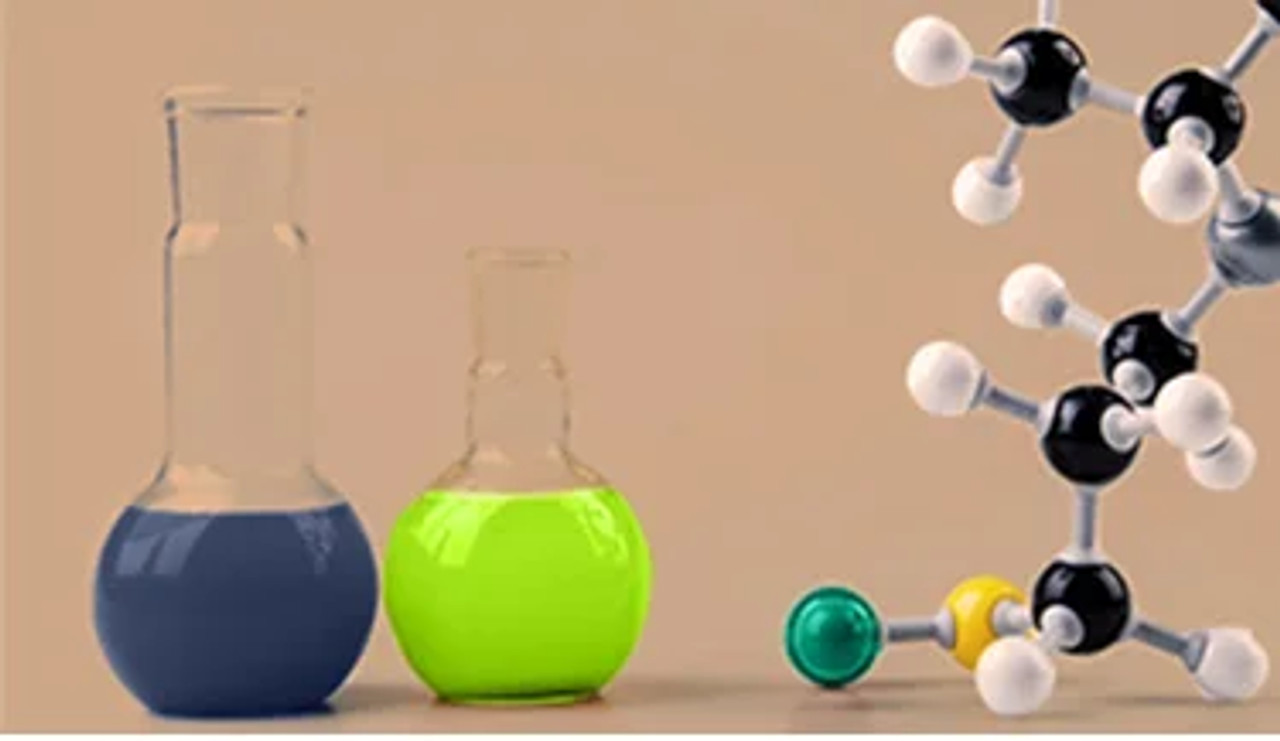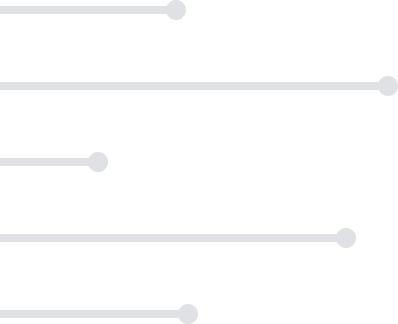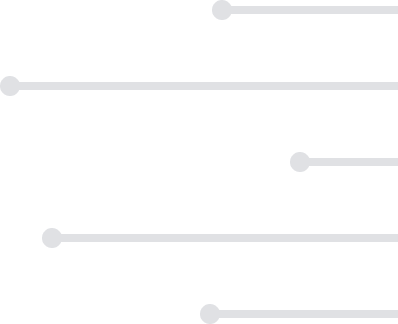
$79
Plus membership
3 Credits
All courses include:
eTextbooks
2 to 3-day turnaround for grading
Multiple chances to improve your grade
On-demand tutoring & writing center
Student support 7 days a week
$79
Plus membership
3 Credits
All courses include:
eTextbooks
2 to 3-day turnaround for grading
Multiple chances to improve your grade
On-demand tutoring & writing center
Student support 7 days a week
Organic Chemistry I
$79
Plus membership
3 Credits
About This Course
ACE Approved 2023
Organic Chemistry I is foundational in providing you with a comprehensive understanding of the basic principles of organic chemistry. Explore a range of topics, including structure and bonding, introduction to organic molecules and functional groups, stereochemistry, and organic reactions.
What You'll Learn
Predict geometry from a valid Lewis structure.
Correlate curved arrows to show the reaction between a nucleophile and an electrophile.
Order the highest and lowest energy conformations using Newman projections.
Determine if two non identical compounds are constitutional isomers, enantiomers, or diastereomers.
Calculate ΔHo of a reaction.
Predict the appearance of the product(s) of an Sn1 or Sn2 reaction.
Predict the appearance of all products of an elimination reaction.
Calculate degrees of unsaturation.
Contrast reactions of acetylide anions.
Use spectroscopy to identify compounds.


Your Life, Your Schedule, Your Education
Transfer into over 3000+ institutions that accept ACE courses or transfer directly into 180+ partner schools.
request information
Our Organic Chemistry I online course delves into specific organic molecules, such as alkanes, alkyl halides, alkenes, and alkynes, and their synthesis. Additionally, learn about mass, infrared, and NMR spectroscopy while taking this course.
There are no prerequisites to take Organic Chemistry I though we highly recommend concurrent enrollment in General Chemistry (CHEM101).
| Topic | Subtopics |
|---|---|
| Structure and Bonding |
|
| Introduction to Organic Molecules and Functional Groups |
|
| Alkanes |
|
| Stereochemistry |
|
| Understanding Organic Reactions |
|
| Alkyl Halides and Nucleophilic Substitution |
|
| Alkyl Halides and Elimination Reactions |
|
| Alkenes and Addition Reactions |
|
| Alkynes and Synthesis |
|
| Spectroscopy |
|
Your score provides a percentage score and letter grade for each course. A passing percentage is 70% or higher.
Assignments for this course include 4 graded exams.
The required eTextbook for this course is included with your course purchase at no additional cost.
Smith, Janice. Organic Chemistry. 7th ed., McGraw Hill, 2024. ISBN: 9781264141531
Organic Chemistry students also take:
Helpful resources:







